Flying Scotsman celebrates a century
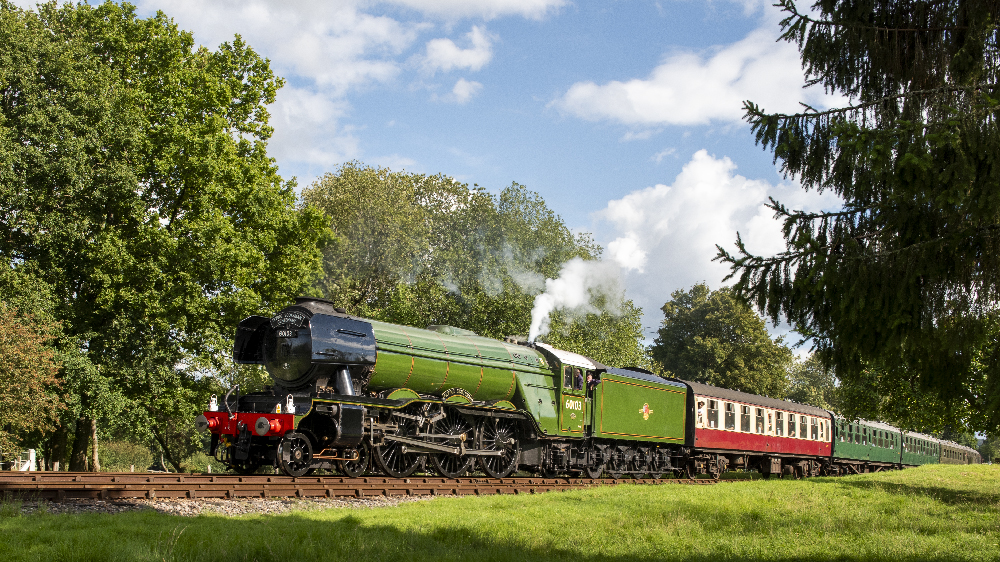
Often said to be the most famous locomotive in the world, the Flying Scotsman celebrates a century, having entered service Feb. 24,1923, for England’s Great Northern Railway.
The locomotive began service as an A1 class 4-6-2 Pacific locomotive and was later upgraded to the A3 with the same wheel arrangement. As the Pennsylvania Railroad was experimenting with Pacific-type steam locomotives, so too was the GN’s locomotive design engineer Sir Nigel Gresley. Gresley designed the A1 class to be powerful, yet fuel efficient.
Appearing at the British Empire Exhibition in 1924, The Flying Scotsman instantaneously became famous for her speed and beauty. By then the Flying Scotsman was part of the London & North Eastern Railway locomotive roster — the LNER having absorbed the GN in 1923.
LNER named the locomotive Flying Scotsman solely for the publicity. Similar to the competition of the Pennsylvania Railroad and the New York Central Railroad between New York City and Chicago, the LNER competed with London, Midland & Scottish Railway in daily London-to-Edinburgh passenger service. That service was, and still is, called the Flying Scotsman.
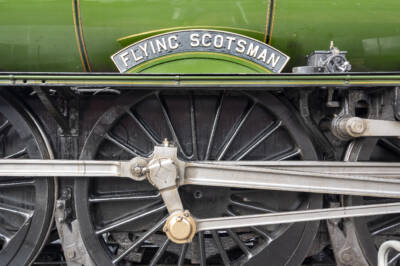
Starting 1888, for safety reasons, the LMS and the LNER agreed not to complete the London-to-Edinburgh trip in less than 8 hours, 15 minutes. Gresley and the LNER had other ideas in mind. In 1928, Gresley ordered 10 tenders with a novel design. They contained an internal corridor from end to end allowing for a crew change without stopping the train.
The next move for the LNER was to breach the London-to-Edinburgh time agreement. Fitted with a corridor tender, on May 1, 1928, the Flying Scotsman locomotive shocked the world by hauling its namesake train non-stop between London and Edinburgh in record time. En route the locomotive took on water — non-stop — six times using water troughs. The fuel efficiency and performance of the A3 Pacific design obviated the need to take on any coal during the run. This first non-stop Flying Scotsman trip took 8 hours, 3 minutes — shaving only 15 minutes from the schedule — but breaking the agreement.
The Flying Scotsman went on to be the first British steam locomotive to achieve an authenticated speed of 100 mph. This was done during a test run in 1934. At the time, the LNER directors believed only diesel locomotives could provide high-speed passenger service. The test run was made in hopes of proving their thoughts incorrect.
The locomotive was retired from revenue service on Jan. 14, 1963, after which it passed through a series of private owners. The Scotsman to the U.S. and Canada on two different tours between 1969 and 1973.
Then in 1988 it traveled to Australia and toured there. In so doing, the Flying Scotsman set two more records. It set the longest non-stop run by a steam locomotive in 1989 at 422 miles. Then on the way back to England in 1990, the Scotsman became the first steam locomotive to circumnavigate the globe (with the aid of a ship, of course).
This year is the 100th anniversary of the Flying Scotsman locomotive. Since 2004 England’s National Railway Museum has owned Scotsman. The locomotive has been restored to the colors it wore at the time of retirement. This leads us to the Scotsman’s final record, which is that it is the oldest locomotive that has traveled on British Railway tracks.
Today you can find the Scotsman at the museum in York, when it is not traveling on a heritage railway or in excursion service on the main line.
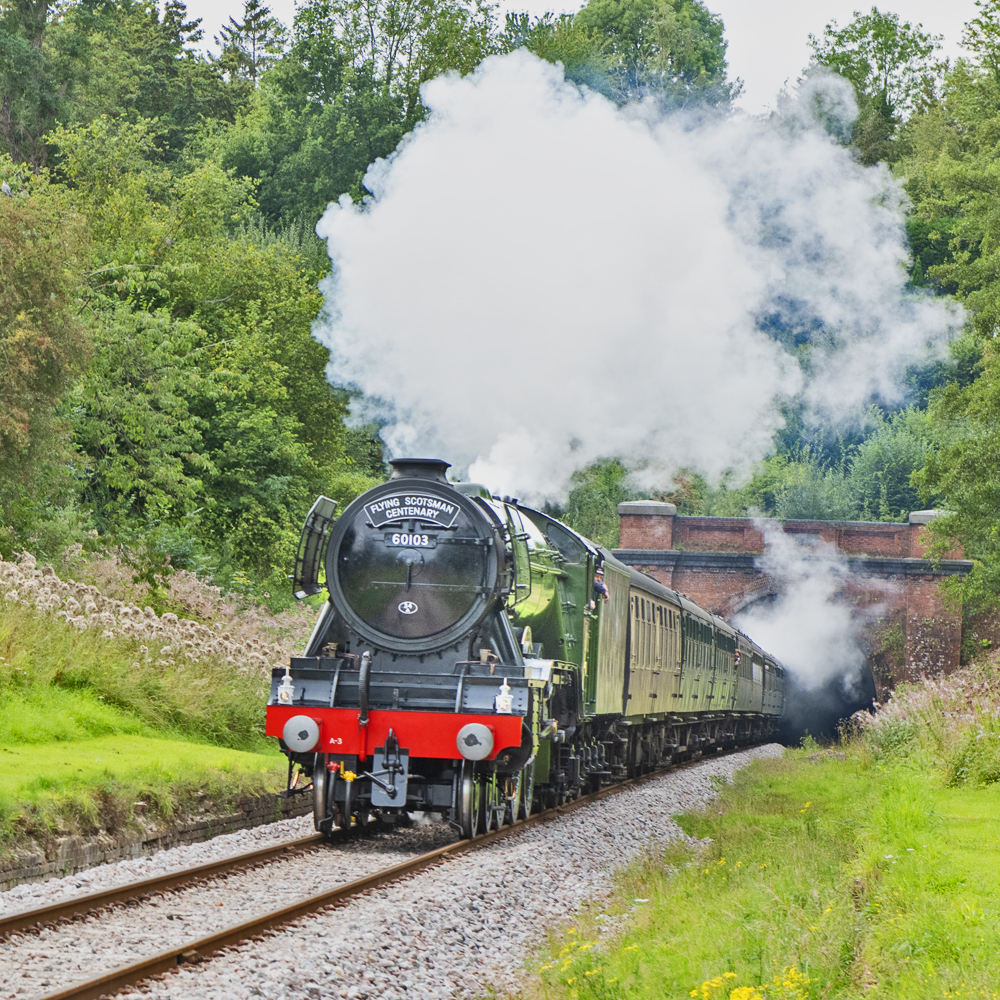






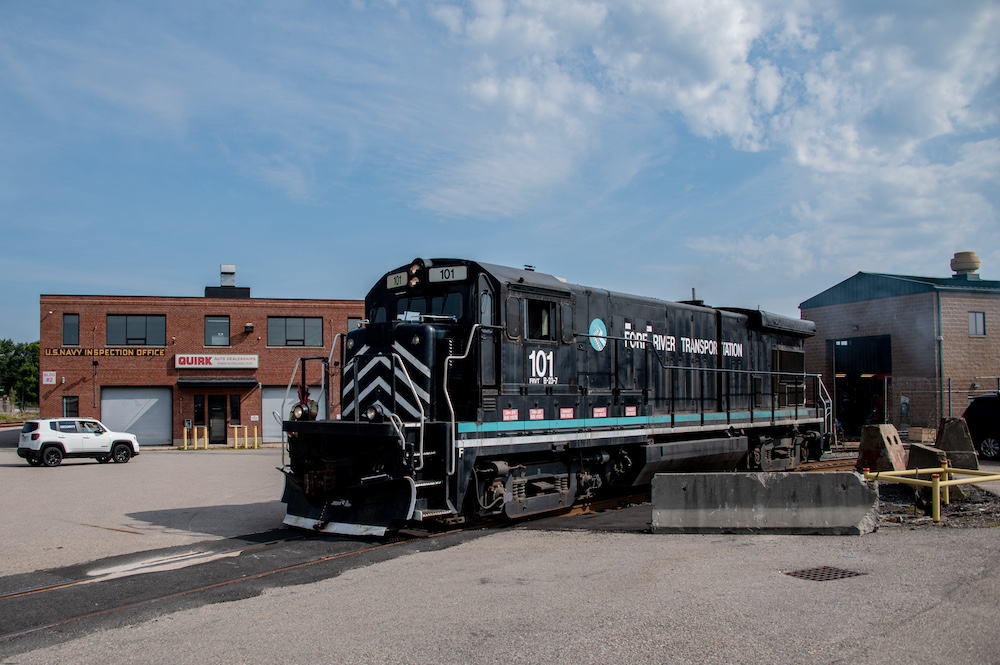
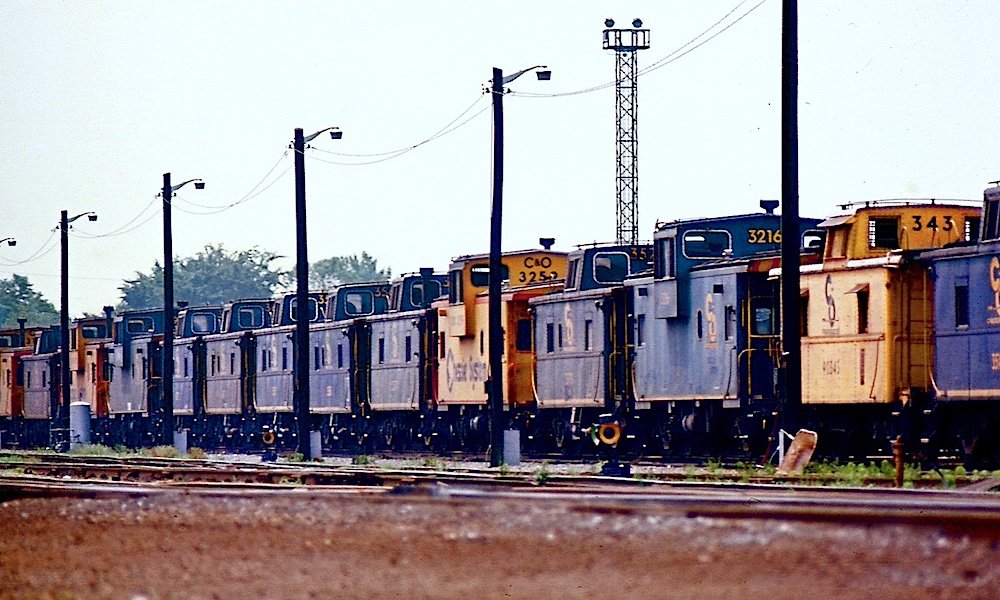
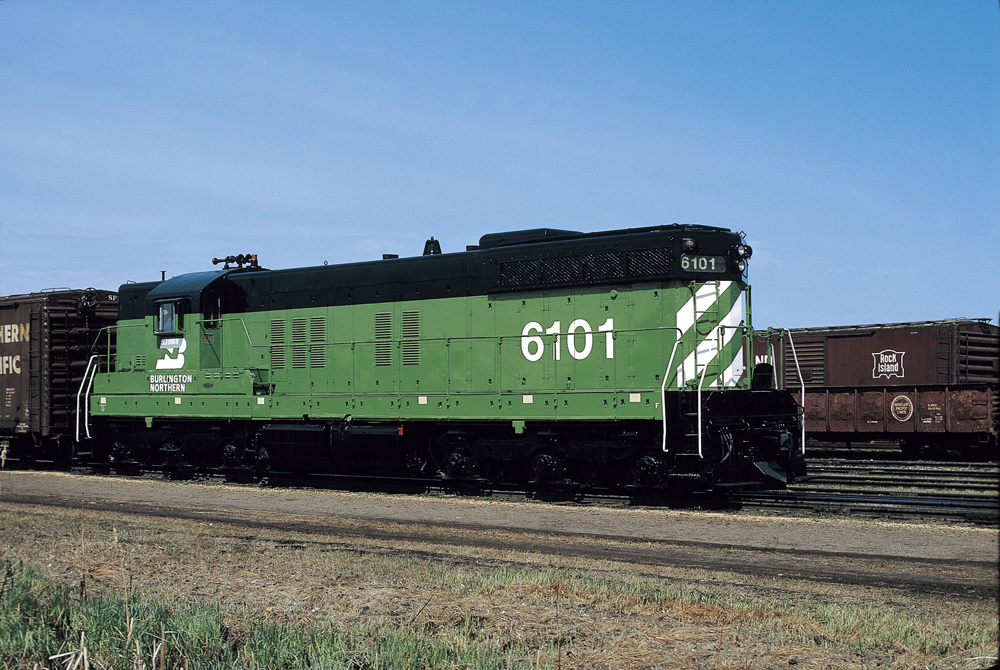





I was fortunate to have seen the Flying Scotsman in San Francisco when it was on its U.S. tour inn the early 70’s. I have a photo of me standing in front of the driving wheels just under the arched name plate. The wheels dwarfed me!
I got to see it at the Washington Navy Yard in D,C, when I was in eighth grade,
Good article. One small comment/correction. The current LNER only calls the the 5:40am departure from Edinburgh to London King’s Cross the ‘Flying Scotsman’. That is the premier train on the line though, it only has one stop in Newcastle and makes the entire run in 4 hours flat.
Great fun to ride behind this iconic locomotive this past May.